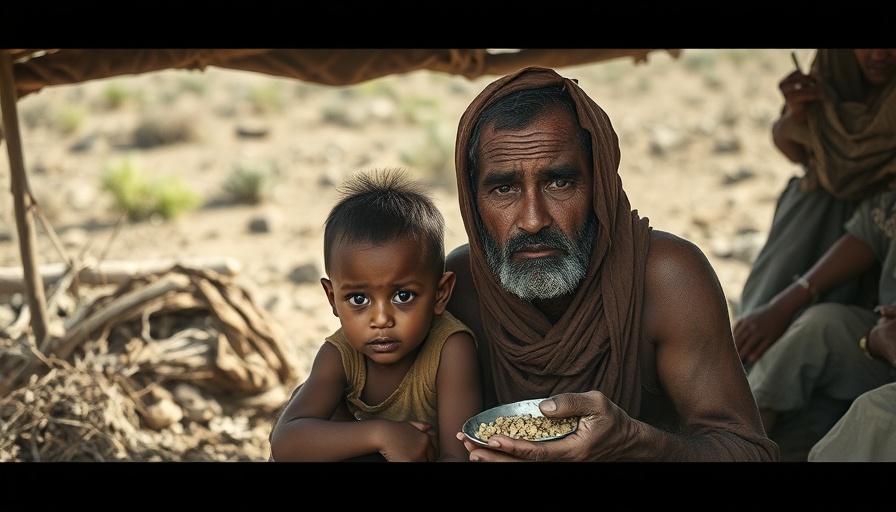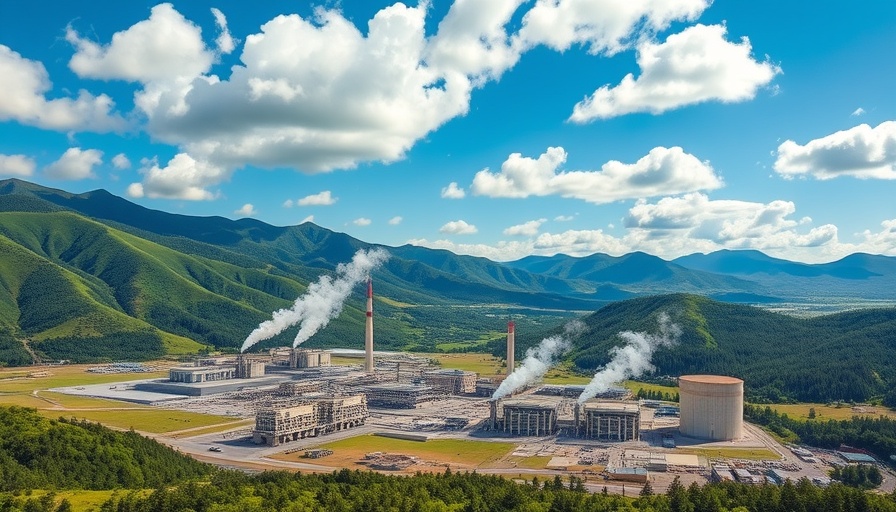
The Importance of Blue Carbon Ecosystems
Blue carbon ecosystems, encompassing mangroves, salt marshes, and seagrasses, play a critical role in our planet's climate health. These natural habitats act as powerful carbon sinks, sequestering atmospheric carbon more efficiently than tropical forests. With climate change posing existential threats to coastal communities, the preservation of these ecosystems goes beyond environmental aesthetics—it's about safeguarding livelihoods and enhancing resilience against climate impacts.
Current Challenges in Protecting Mangroves
A staggering amount of coastal ecosystems, including vast mangrove forests, are being lost at an alarming rate, with estimates of destruction ranging from 340,000 to 980,000 hectares annually. Southeast Asia, where approximately one-third of the world's mangroves exist, is particularly vulnerable due to competing agricultural needs, urbanization, and pollution. Countries in this region are desperately trying to secure funding for conservation initiatives while battling a growing list of threats to their blue carbon assets.
Unlocking Financial Support for Conservation Efforts
To combat the degradation of these invaluable ecosystems, innovative financing solutions must emerge. The Blue Carbon Action Partnership, launched in 2023, aims to generate investment for the protection of these natural assets. By tapping into carbon finance, countries like the Philippines and Indonesia are drafting plans to preserve their coastal ecosystems, creating hope for a sustainable future where economic needs and environmental health coexist.
Future Predictions: A Global Perspective on Blue Carbon
Climate scientists stress the importance of a cohesive and proactive approach to preserving blue carbon ecosystems. With potential values exceeding US$190 billion from global carbon markets, the economic incentives for conservation are evident. Protecting these environments can reduce national carbon footprints, counteract climate change, and create sustainable coastal economies. The future of blue carbon depends on committed action from governments, non-profits, and the private sector.
Community Engagement: How You Can Make a Difference
As individuals, we hold the power to drive the demand for sustainable living and eco-conscious practices. By supporting eco-friendly products and sustainable agriculture, each of us can contribute to reducing the environmental impact of our choices. Adopting practices such as composting, utilizing renewable energy sources, and advocating for environmental conservation can amplify collective efforts to safeguard blue carbon ecosystems and combat climate change effectively.
Conclusion: A Call to Action for Our Planet
The threats facing blue carbon ecosystems are real and pressing. Without decisive action and innovative funding mechanisms, countless communities will be left vulnerable to climate-induced disasters. We must all play our part—whether through advocating for policy changes, supporting green initiatives, or making personal lifestyle changes that prioritize sustainability and responsible consumption. Together, we can ensure that the future holds a vibrant, resilient planet.
 Add Row
Add Row  Add
Add 



Write A Comment